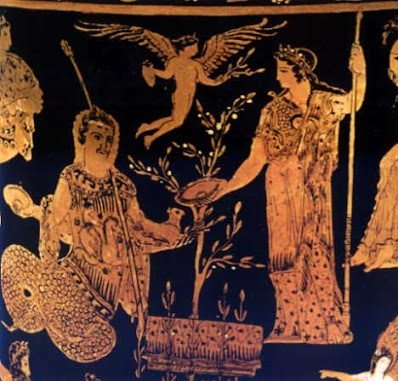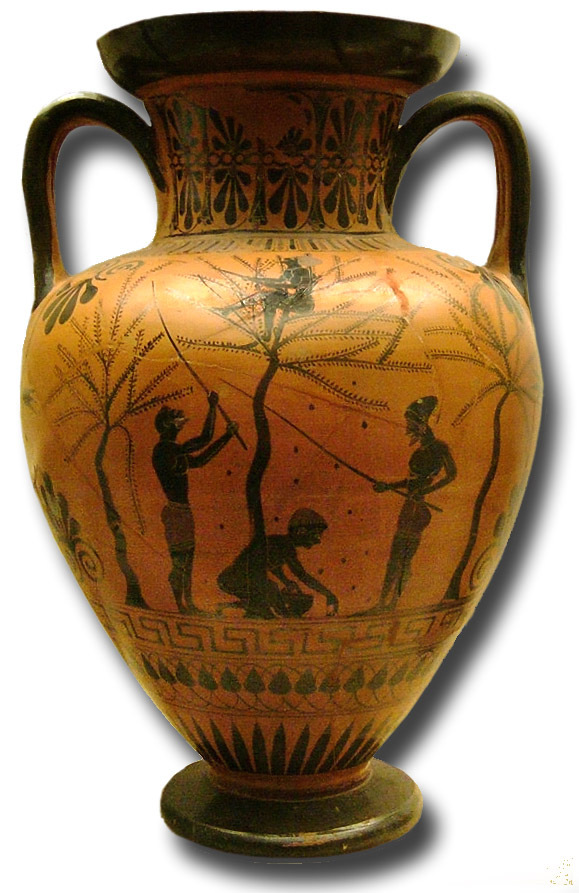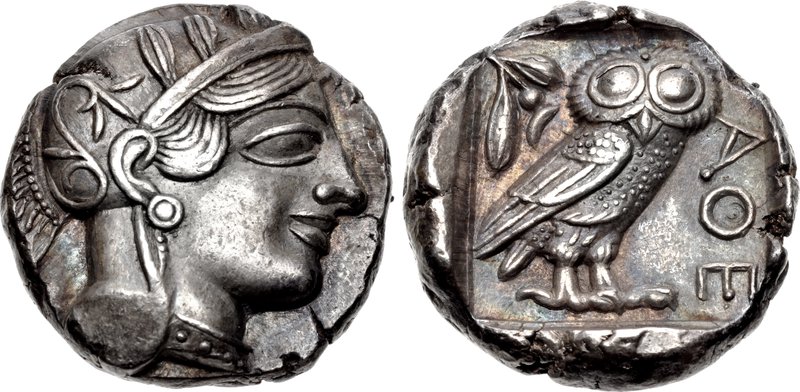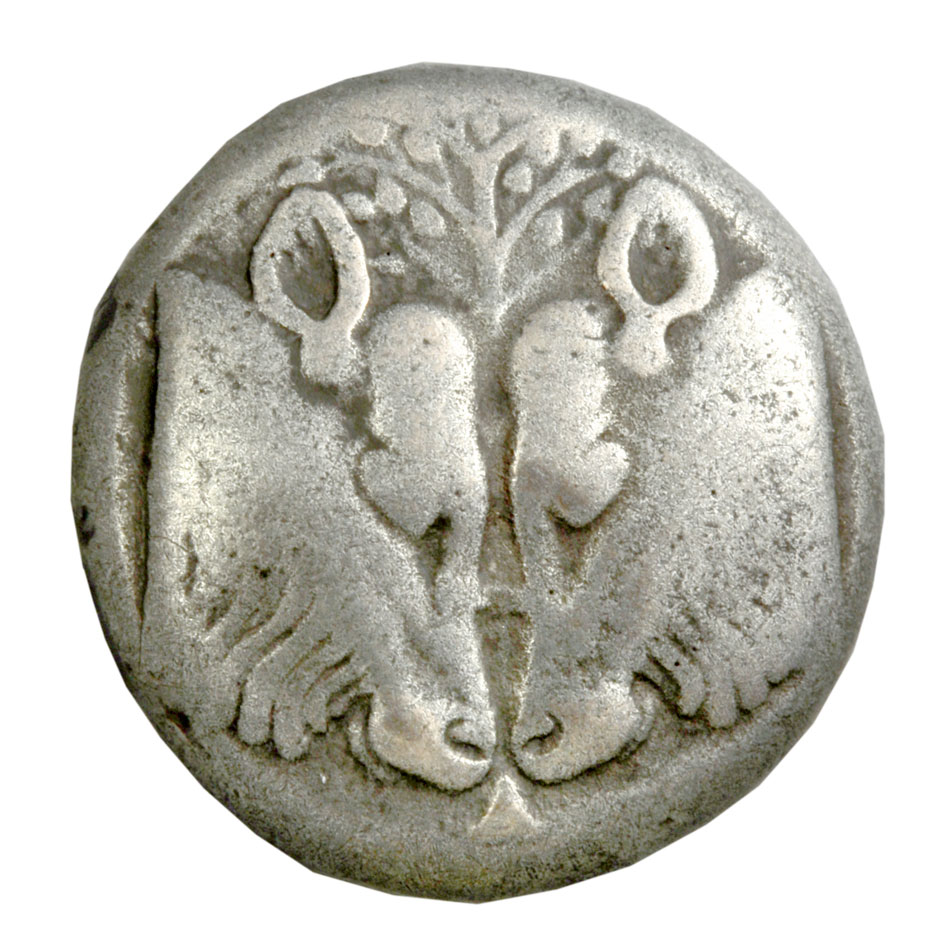The olive tree in Greece and Lesvos
A 5,000-years old story
The olive tree and oil in ancient Greece
The collapse of the Mycenaean centralized system, the transition to a regional social organization into communities from which the poleis (Eng. city-states) would emerge, the rapid disintegration of the production system, the broad internal and external population migrations—with the Aeolian colonization being part of it—shaped the historical reality of the first millennium BCE.
These developments also led to a significant decline of the olive growing, which was only to be continued in the very small-scale household production. This would become the most common form of production in the next centuries, during which the financially and socially organized poleis (Engl. city-states) (e.g., Athens, Sparta, Corinth) would be developed, and a unified religious and national Hellenic consciousness would come about.
Inseparable from the Hellenic culture and tradition, the olive tree would become the timeless symbol of peace, wisdom, fertility, prosperity, joyousness, luck, and victory. According to mythology, the olive tree was brought to the Greeks by the goddess Athena, in honor of whom the city of Athens was named. Another tradition maintains that the olive tree was brought by Hercules from the land of the Hyperboreans. He then planted a wild olive sprout at the city of Olympia, the branches of which were used in the form of olive leaf wreaths to crown the Olympic winners. Moreover, according to both myth and tradition, the domestication and cultivation of the olive tree was taught by Aristaeus, son of the god Apollo and the nymph Cyrene, who is also presented as the inventor of the early press, which, with the usage of a lever, allowed for the production of olive oil.

Hercules sitting in the shade of an olive tree while Athena pours wine into his cup.

Athena offering the olive tree to the inhabitants of Athens.
It is confirmed that olive growing and small-scale production of olive oil were continuing based on the limited excavation data related to olive production, the archaeobotanological remnants, and the transport and storage vessels. Secondary testimonies are found in the known depictions of olive harvesting on black-figure amphorae from the 6th century BCE, the existence of an olive press on an Attic skyphos (Engl. drinking cup) found at the Boston Museum of Fine Arts, as well as in representations of olive branches on coins dated in the 6th and 5th centuries BCE from Lesvos and Athens. This was a period during which olive growing and the olive oil did not constitute a leading product of the agricultural production, economy, and nutrition in the broader Hellenic region; rather, it was a luxury good.

Harvesting olives, black-figure amphora.
British Museum.

Athens: Silver tetradrachm, 430-420 BCE



